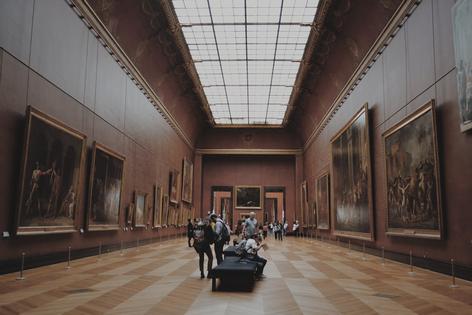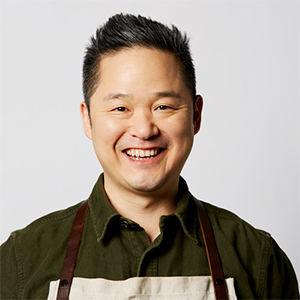Museum Curator: Preserving and Presenting History and Art
Published in EDU Advice
Museum curators are responsible for collecting, preserving, and displaying artifacts. A bachelor's degree in history, art history, archaeology, or a related field serves as a foundational step. These programs typically cover a broad range of topics, from ancient civilizations to modern art.
For specialized roles or higher positions, a master’s degree or even a Ph.D. is often required. Graduate programs in Museum Studies, for example, cover subjects like exhibit design, conservation science, and museum administration.
Many curators also obtain professional certificates in museum studies or a related field. This provides practical experience and offers networking opportunities.
Continued learning through workshops, conferences, and publications is essential. Curators often specialize in a particular area, requiring deep and ongoing study.
Each of these careers requires not just academic preparation but also a commitment to continuous learning and professional development. Tailoring your education and professional experiences to the specific demands of your chosen field can provide a significant advantage.
This article was generated by Open AI with human guidance and editing along the way.









Comments